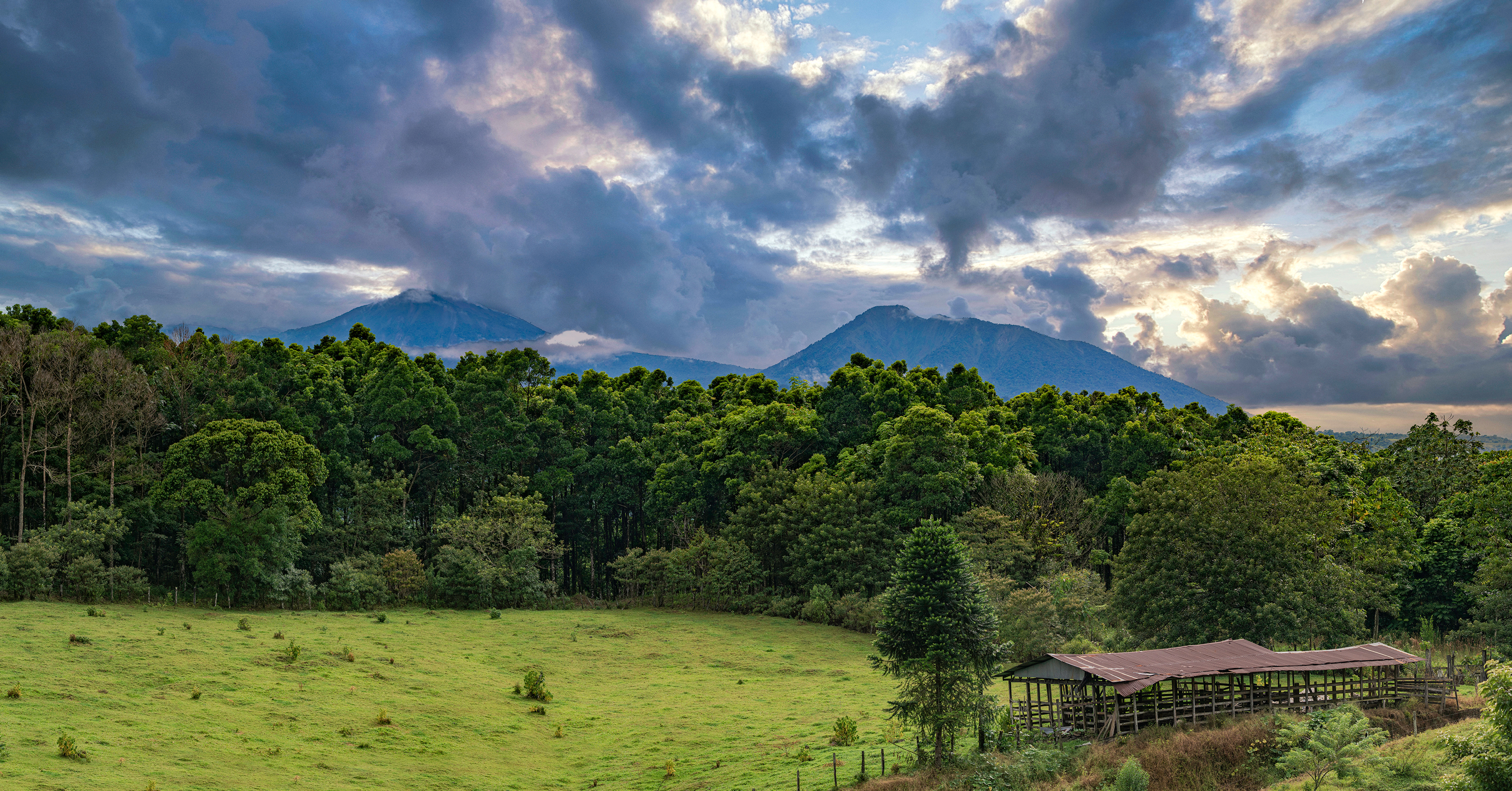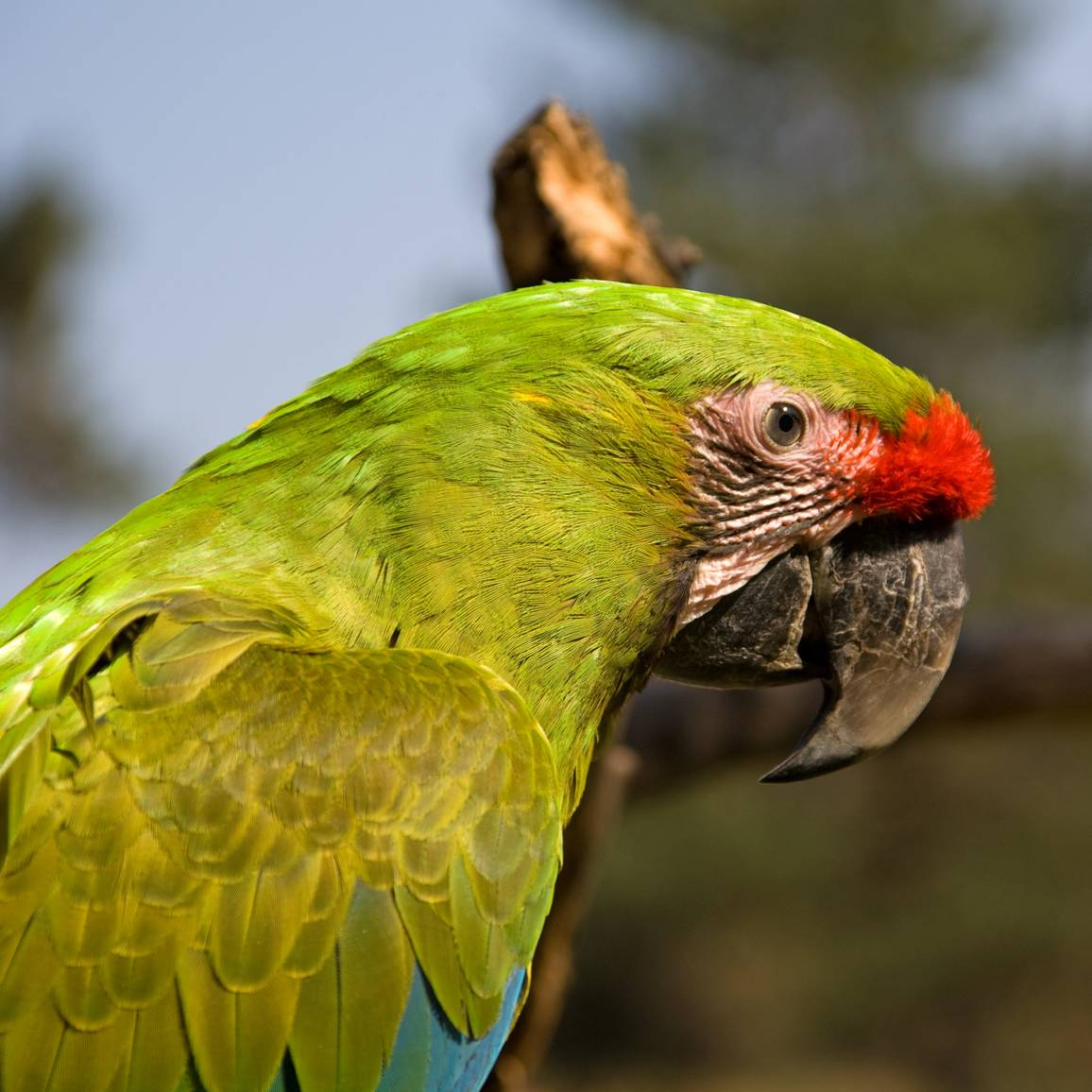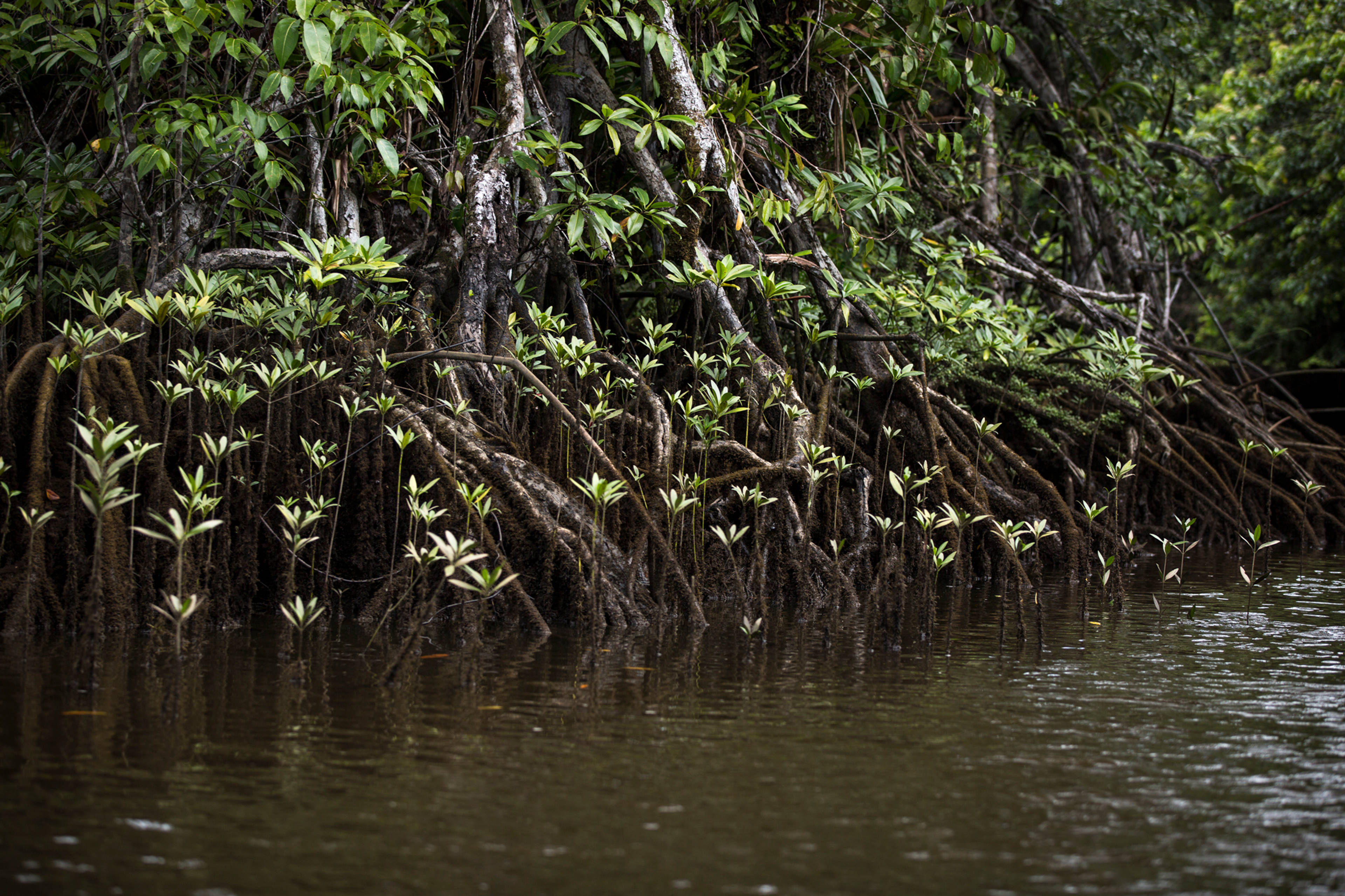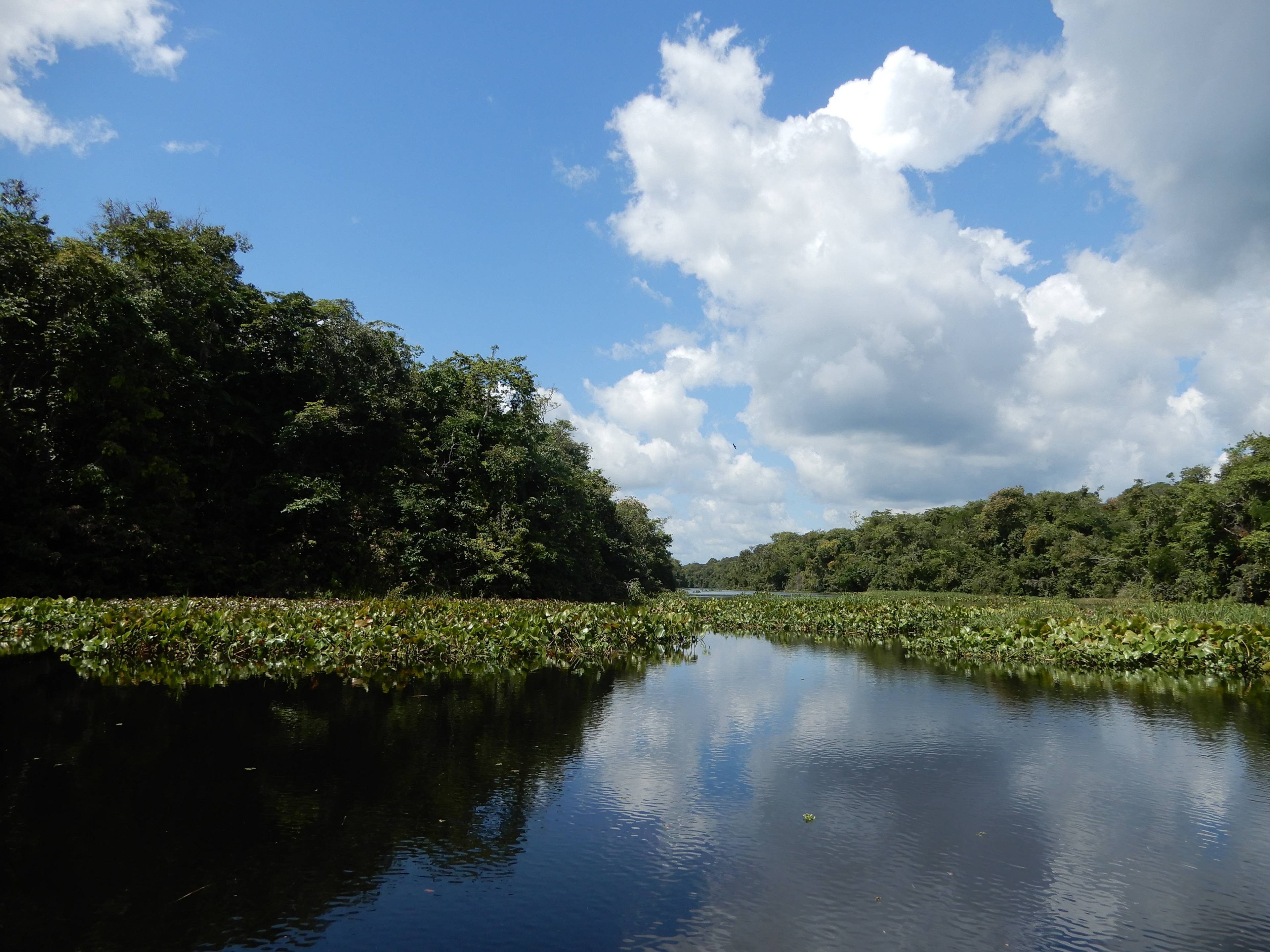Regenerating fallow lands back to their original nature
Across all of Isla Bosque’s reforestation sites, there is a similar story of dense tropical moist forests being cleared around 1970 for cattle ranching, meat, and dairy production. The northernmost site, known as Finca Las Delicias, was previously owned by a food manufacturing company specializing in canned heart-of-palm for exportation. Under new ownership, these land parcels are now being reforested with predominantly native trees in mixed stands.
BaumInvest, the project owner, has continued to purchase additional land parcels, expanding the reforestation effort. Project financing covers all costs for planting, management, and maintenance. This private land ownership enhances the permanence and success of the project activities.
The forest management activities (certified by the Forest Stewardship Council (FSC) include land preparation, tree nursery development, planting, replanting, pruning, thinning, harvesting, and continuous weed and pest control to ensure the survival of the seedlings. Additional project activities work to prevent illegal logging and other disturbances in the newly established forest.
625-825
Trees planted per hectare (predominantly native species)
30%
Total project area consists of old-growth forest, secondary forest, and wetlands

A panoramic view of one of the reforestation sites, Finca La Virgen.










